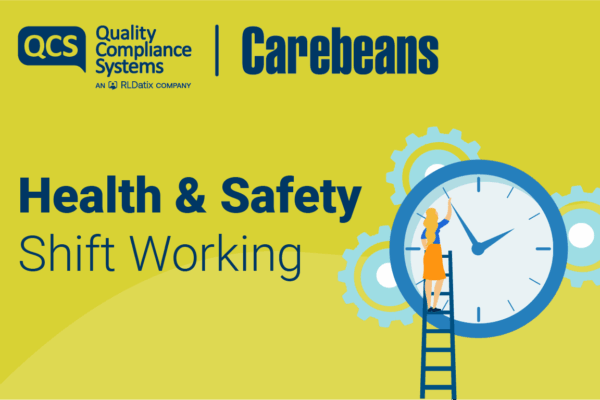Download our monthly Health and Safety review for October 2022 on ‘Environment Sustainability’ by our partner, Napthens here
DOWNLOAD NOW
Alternatively, read it here:
The environmental management system standard ISO 14001:2015 defines the environment as:
“The surroundings in which an organisation operates, including air, land and water including natural resources such as flora, fauna, humans and their interaction and interrelation”
Why should you look at environmental management?
In general, you would not expect an organisation to pollute. You may be prosecuted or fined for failing to meet your legal obligations. There may be some incentives such as levies and taxes that organisation may be able to sign up to for dealing with their environmental responsibilities.
A quote from the Norwegian Prime Minister, defined sustainable development as:
“Development which meets the needs of the present, without compromising the ability of future generations to meet their own needs.”
Implementing an environmental management system can help to demonstrate:
- Management commitment
- Commitment to the environment
- A framework for setting objectives and targets
- Your corporate social responsibilities
CQC single assessment framework
In 2023 the CQC is rolling out the new single assessment framework. Quality statements will be introduced, and providers will be expected to provide evidence remotely as well as on site as to how they are meeting these quality statements.
We can look to the following quality statement under the Key question “Well Led” where we can find reference to environmental sustainability–sustainable development. The quality statement goes on to say:
“We understand any negative impact of our activities on the environment, and we strive to make a positive contribution in reducing it and support people to do the same”
In order to prepare your organisation for this you can utilise many existing QCS policy documents to evidence you are meeting the above.
QCS Policy – Environmental Policy and Procedure
The above policy sets out a series of statements to commit to, to reduce the impact on the environment. It covers how to work efficiently and minimise waste, how pollution can be reduced and also provides information for energy management. You may well wish to go further and you may consider your energy usage and how you can reduce this such as converting halogen bulbs to LEDs; you may use motion sensors on lights so that they do not get left on when people are not present; you may look to your waste management processes and recycling facilities; you may look at your hazardous substances such as your cleaning products and you may consider using eco-friendly alternatives. You may choose to use sub-contractors who have Environmental ISOs or achievements/awards. There are many ways in which your organisation can make a positive contribution to reducing negative impacts on the environment.
You should review your full suite of QCS documents as there are many more that will help you evidence you are meeting the quality statement. Polices such as the COSHH policy will detail that using less hazardous products should be considered, any policies referencing equipment or machinery or vehicles will detail that they should all be serviced and maintained regularly; this will help to keep them running in an efficient way without using more energy or causing unwanted or excessive noise, for example. A number of policies will detail waste management processes or control.
So to summarise, if we do not make changes now, there is a real danger that resources in the future will be insufficient. We must try to give back to the environment as we have taken so much from it in recent and previous times. By being aware of how our work activities impact the environment, we can make this shift happen and by doing so, we can protect resources for the future generation.






